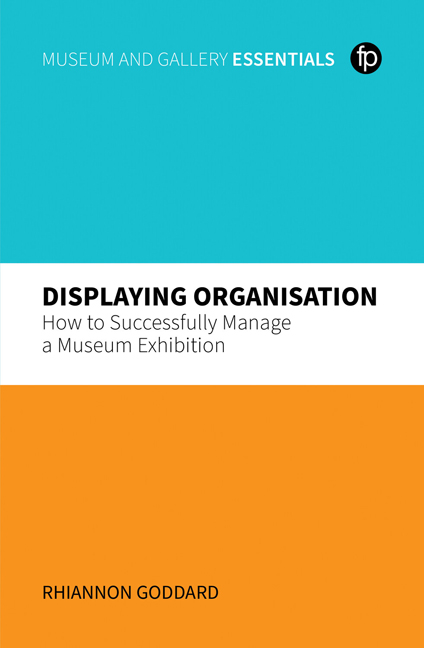Book contents
- Frontmatter
- Dedication
- Contents
- Figures, Tables, Boxes and Case Studies
- About the Author
- Acknowledgements
- Introduction
- PART 1 DEFINING THE PROJECT
- PART 2 PLANNING THE PROJECT
- PART 3 EXECUTING THE PROJECT
- PART 4 TRANSITION
- PART 5 EVALUATING THE PROJECT
- PART 6 KEY PROJECT MANAGEMENT SKILLS
- Bibliography
- Index
3 - Interpretation Planning
Published online by Cambridge University Press: 14 October 2023
- Frontmatter
- Dedication
- Contents
- Figures, Tables, Boxes and Case Studies
- About the Author
- Acknowledgements
- Introduction
- PART 1 DEFINING THE PROJECT
- PART 2 PLANNING THE PROJECT
- PART 3 EXECUTING THE PROJECT
- PART 4 TRANSITION
- PART 5 EVALUATING THE PROJECT
- PART 6 KEY PROJECT MANAGEMENT SKILLS
- Bibliography
- Index
Summary
Introduction
Some museums are lucky enough to have an interpretation department. There are many great books available on what interpretation is, and which provide excellent frameworks for interpreting collections (we will discuss some of this below, and see the further reading list at the end of the chapter). But many smaller museums don't have a dedicated interpretation specialist, and because I believe that the creation of a robust interpretation plan – referring back to and reinforcing the museum's values and mission – is a key part of the success of a well-managed exhibition process, this chapter will outline what you might consider adding to your plan and how it will help to make the exhibition a success. Creating a well thought-through and clear interpretation plan is a key part of the planning stage of any exhibition.
What is interpretation?
There are many different definitions of interpretation. Simply put, it is about the tools that are used to bring objects and stories to life and to provide visitors with ways to explore and create emotional connections to content. This can be through traditional means such as well-written labels or leaflets, or through much more experimental forms such as ghostly projections of patterns onto plain white 18th-century silhouettes! As so many things can be ‘interpretation’, it is hard to pin down – and even harder to know if you have got it right.
Let's go back to the beginning. In 1957 Freeman Tilden described interpretation as ‘An educational activity which aims to reveal meaning and relationships through the use of original objects, by first-hand experience and by illustrative media rather than simply to communicate factual information’ (Black, 2005, 179). Freeman Tilden is considered to be the first modern writer on the subject of interpretation, and his first book, Interpreting Our Heritage, is still used today by museum and heritage professionals. Tilden was based in the USA and worked for the National Parks Service, who were trailblazers in the world of interpretation. He set out six principles for interpretation, which work as well today as they did when first published and are still often used as a basis by writers and interpretation professionals. Tilden's six principles are:
1. Any interpretation that does not somehow relate what is being displayed or described to something within the personality or experience of the visitor will be sterile.
2. Information, as such, is not interpretation.
- Type
- Chapter
- Information
- Displaying OrganisationHow to Successfully Manage a Museum Exhibition, pp. 51 - 66Publisher: FacetPrint publication year: 2023



